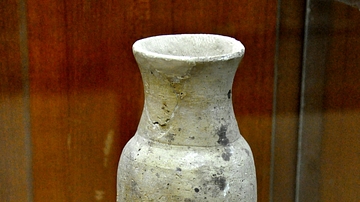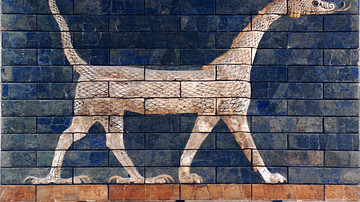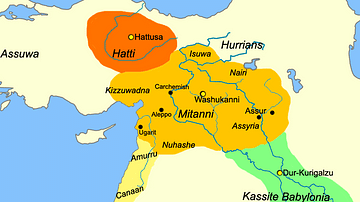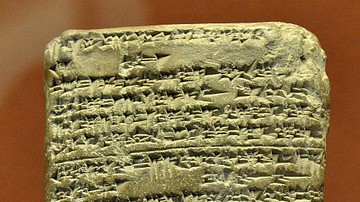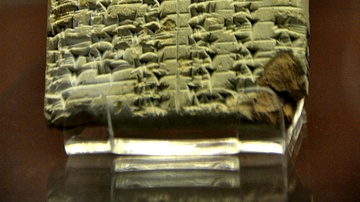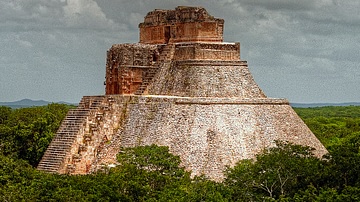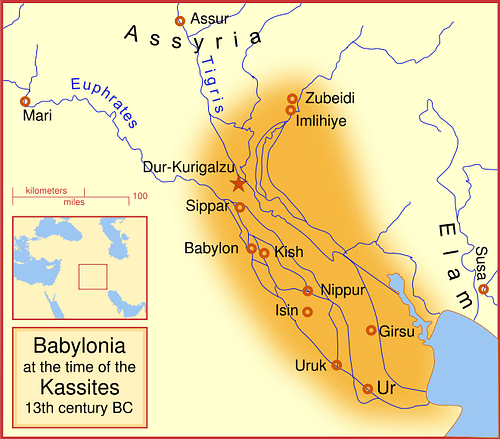
It is thought that the Kassites originated as tribal groups in the Zagros Mountains to the north-east of Babylonia. Their leaders came to power in Babylon following the collapse of the ruling dynasty of the Old Babylonian Period in 1595 BC. The Kassites retained power for about four hundred years (until 1155 BC).
There is very little evidence for serious political problems before the thirteenth century BC when Assyria to the north and Elam to the east began to threaten Babylonia, and eventually brought an end to Kassite control. The chronology of the Kassite rulers is very uncertain.
Important sources for reconstructing the Kassite Dynasty are kudurrus. Other revealing information is provided by the Amarna letters, which include correspondence from the Kassite Babylonian kings to the Egyptian pharaohs of the mid-fourteenth century BC. Babylonian wealth and influence at this time is reflected in the use of the cuneiform script and the Babylonian language as the main form of diplomatic communication.
The Kassite Dynasty refurbished many of the ancient Babylonian cities and constructed a new city called Dur Kurigalzu (named after one of the Kassite kings) near modern Baghdad.
